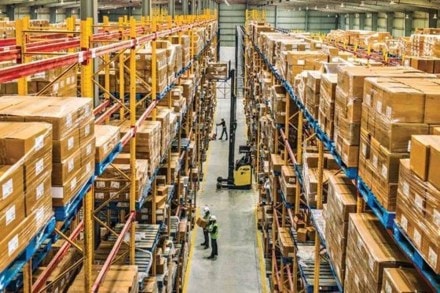In a move aimed at bringing private sector efficiencies in public sector undertakings and promoting ease of doing business, the Cabinet on Wednesday approved the merger of the Central Railside Warehouse Company and Central Warehousing Corporation.
The merger is expected to be completed within 8 months of the date of decision and will unify similar functions of both the companies in areas such as warehousing, handling, transportation through a single administration to promote efficiency, optimum capacity utilisation, transparency and accountability.
The CWC-CRWC amalgamation paves way for the merger and transfer of all assets, liabilities, rights and obligations of CRWC, a mini ratna public sector enterprise, with its holding enterprise CWC. As on March 31, 2020, the networth of CRWC is Rs 137.94 crore. Also a mini ratna PSE, the CWC was set up for warehousing of agriculture produce and certain other commodities and is a profit-making entity with an authorised capital of Rs 100 crore and a paid-up capital of Rs 68.02 crore. The CRWC was formed as a separate subsidiary of CWC on July 10, 2007, and currently operates 20 railside warehouses across the country, Due to shortage of capital and some restrictive clauses in its MoU with the ministry of railways, CRWC’s pace of growth was not as expected.
The merger is expected to encourage inflow of capital into railside warehousing and ensure financial savings. The government estimates that the management expenditure of railside warehouse complexes will come down by Rs 5 crore due to savings in the corporate office rent, salary of employees and other administrative costs.
With the CWC-CRWC merger, the government hopes to leverage railway siding for new warehousing capacities as the move will facilitate setting up of at least 50 more railside warehouses near the goods-shed locations. The capacity utilisation of RWCs will also improve as there will be potential for CWC to store commodities other than cement, fertiliser, sugar, salt and soda being stored presently. The other beneficial spin-off is job creation. The merger is likely to generate employment opportunities equivalent to 36,500 man days for skilled workers and 9,12,500 man days for unskilled workers.
